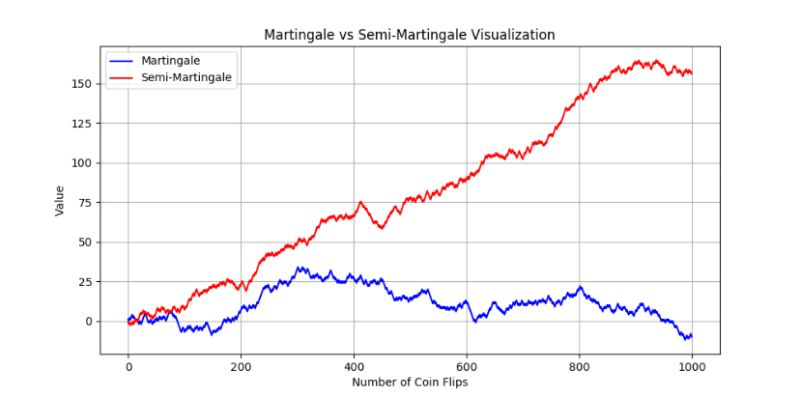Imagine you work for an investment firm, and you're tasked with pricing options on the stock of a tech company known for its volatile earnings reports.
The stock tends to have significant price jumps around earnings announcements, making traditional Black-Scholes option pricing less accurate.
1. Model Selection: To account for the jumps in the stock price, you decide to use a Lévy process, specifically a Variance Gamma (VG) * model. The VG model combines a continuous Gaussian component (for smooth price movements) with a Lévy jump component (for abrupt jumps).
2. Data Calibration: You collect historical price data for the stock and use it to estimate the parameters of the VG model. This involves determining the volatility of the Gaussian component, the jump size distribution, and the jump frequency.
3. Option Pricing: With the VG model parameters estimated, you can now price options more accurately. For example, you're asked to price a European call option with a strike price of $150 and a maturity of three months. Using the VG model, you simulate various stock price paths, considering both continuous and jump components.
4. Risk Management: Understanding the potential impact of jumps is crucial for risk management. You calculate the Value at Risk (VaR) for your options portfolio using the VG model. This helps you assess the risk of large losses due to unexpected jumps in the stock price.
5. Trading Strategy: Based on your option pricing and risk analysis, you may decide to implement a trading strategy. For instance, you could delta-hedge your options positions more dynamically by taking into account the jump risk.
6. Monitoring Earnings Announcements: As earnings season approaches, you closely monitor the company's earnings calendar and adjust your option positions accordingly. The VG model allows you to anticipate the impact of potential jumps.
By using a Lévy process-based model like Variance Gamma, you can better capture the stock's jump behavior, which is essential for pricing options accurately in situations where such jumps are common.
The Variance Gamma (VG) model is a specific type of Lévy process.
Lévy processes are a class of continuous-time stochastic processes characterized by stationary (i.e statistical properties, like mean and variance, of the stochastic process do not change over time) and independent increments.
They can include various types of processes, such as pure jump processes, Brownian motion, and more complex combinations of these components. The VG model is one particular Lévy process that combines stochastic volatility, jumps, and a normal distribution to model asset price dynamics.
In summary, the VG model is a specific instance of a Lévy process tailored for asset price modeling, but it is just one example within the broader category of Lévy processes.


Écrire commentaire